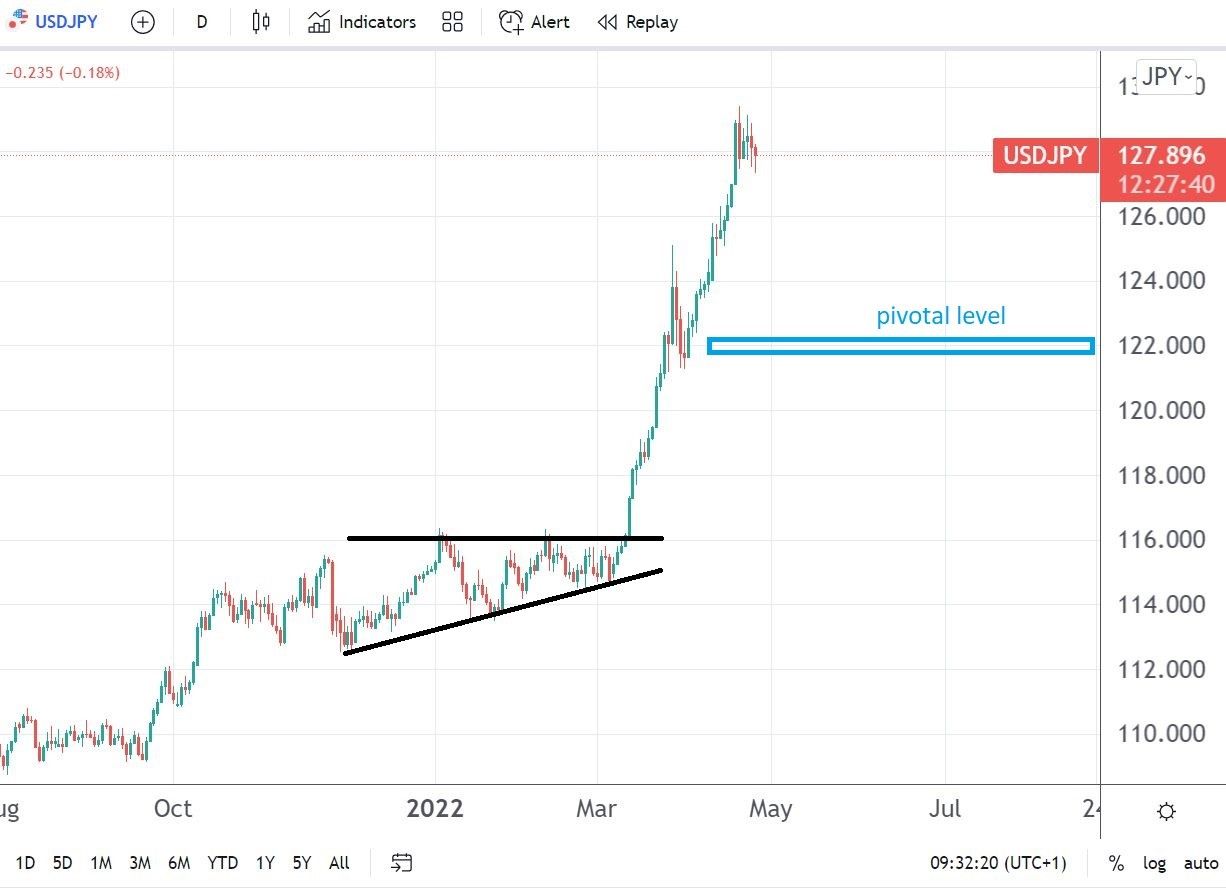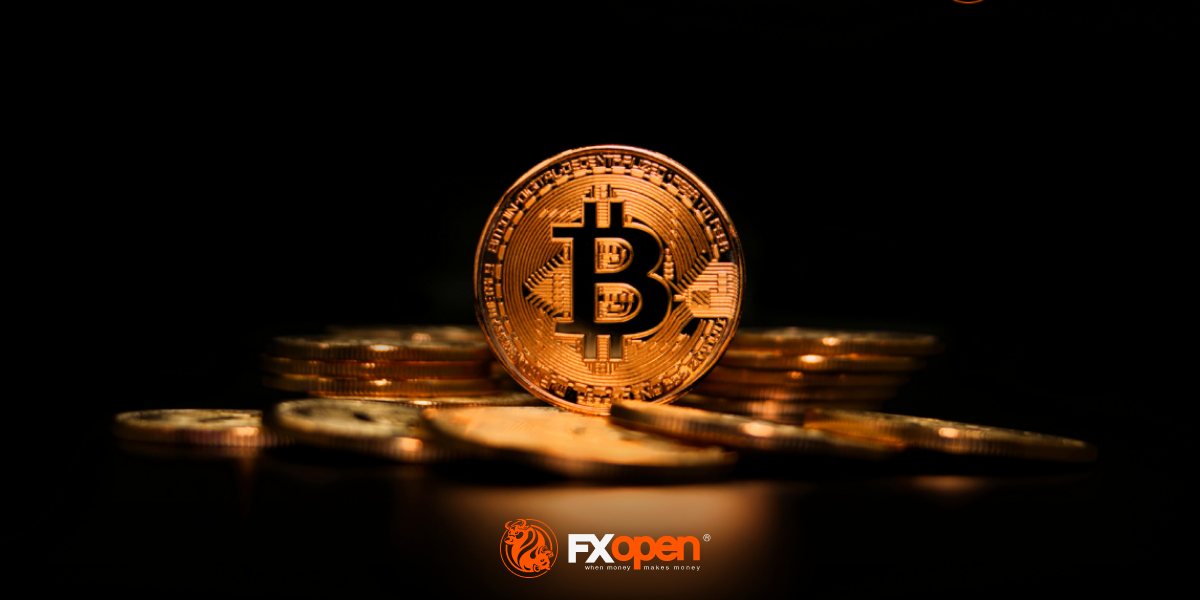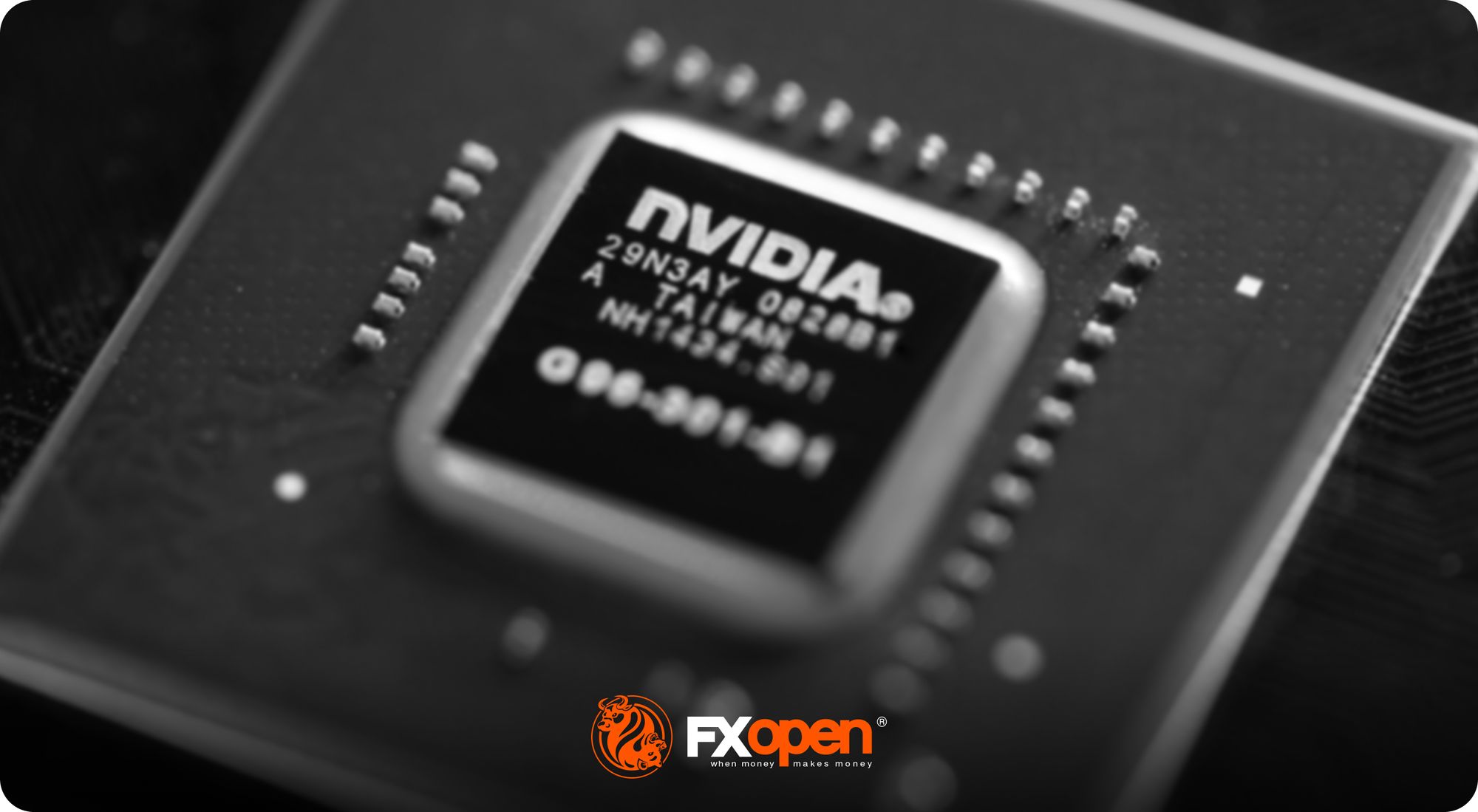FXOpen

The story of the year so far in the FX market was the sharp rise of the JPY pairs. The yen weakened against all its peers, but the move is even more impressive when looking at the chart.
Consider the USD/JPY daily chart below. The pair found resistance at 116 and consolidated for a few months. It formed an ascending triangle – a bullish pattern characterized by the price action pushing against horizontal resistance.
Effectively, the market built energy and eventually broke higher. Who caused the breakout? The Bank of Japan.

The Bank of Japan Keeps Its Dovish Bias
COVID-19 and the war in Ukraine led to higher inflation across the developed world. Because of that, the major central banks, such as the US Federal Reserve or the Bank of England, have raised the interest rates and are planning to continue tightening the monetary policy.
When a central bank like the Federal Reserve raises the funds rate on the dollar, effectively, it raises the interest rate on the world. Because most of the debt issued in the world is denominated in US dollars, the Fed raising rates affects all countries.
Hence, the tightening cycle in the United States is “exported” to other parts of the world. However, one central bank diverges from the rest of the central banks in the advanced economies: the Bank of Japan.
The Bank of Japan took everyone by surprise when it announced in March that it stands ready to buy unlimited amounts of JGBs (Japanese Government Bonds). It argued that rising yields are a concern for the Japanese economy, and to prevent further rising, it started buying bonds.
This comes in sharp contrast with what other central banks are doing. For example, the Fed plans to start selling bonds as part of its quantitative tightening program.
As a result, the yen melted. The USD/JPY broke above 116 and did not look back all the way to 129. It consolidates just below 130, and all eyes are on the Bank of Japan’s monetary policy statement due this week.
From a technical perspective, the yen looks oversold. A move below the pivotal area might trigger a sharp reversal, but it all depends on what the Bank of Japan signals at this week’s meeting.
This article represents the opinion of the Companies operating under the FXOpen brand only. It is not to be construed as an offer, solicitation, or recommendation with respect to products and services provided by the Companies operating under the FXOpen brand, nor is it to be considered financial advice.
Stay ahead of the market!
Subscribe now to our mailing list and receive the latest market news and insights delivered directly to your inbox.









